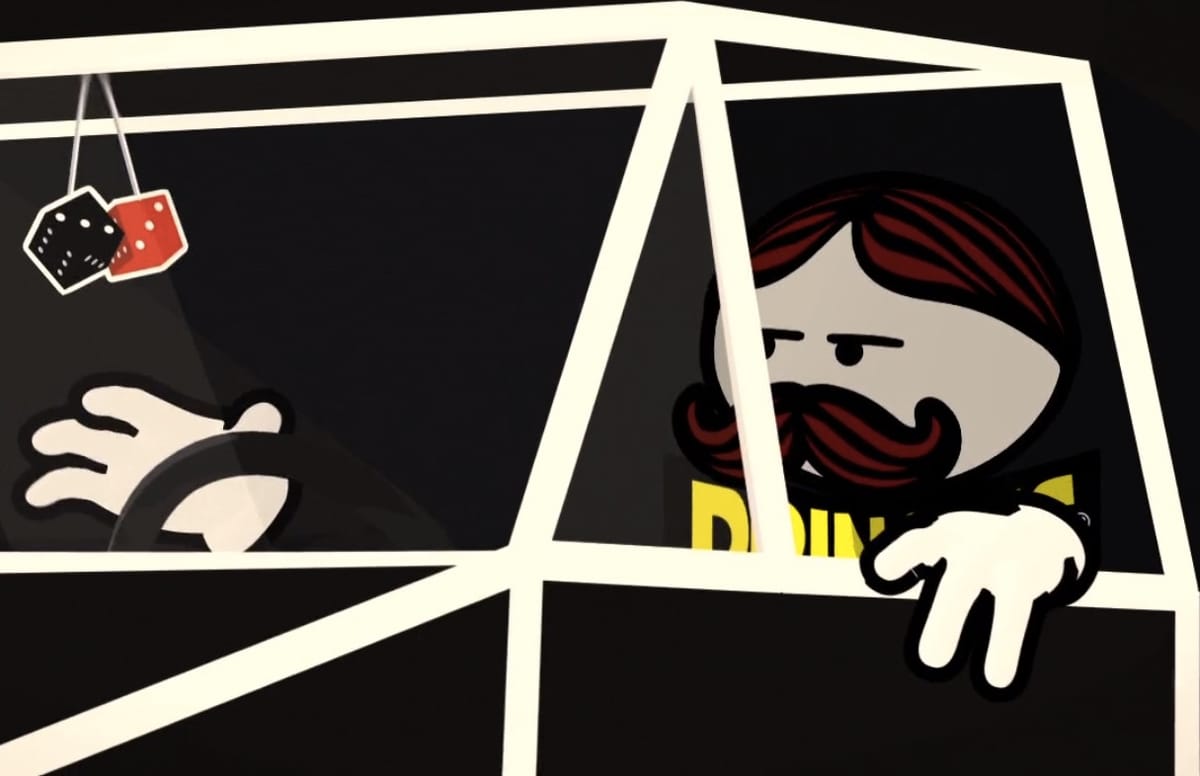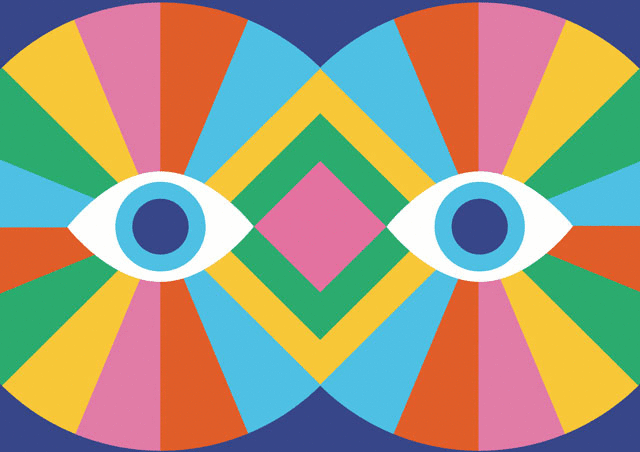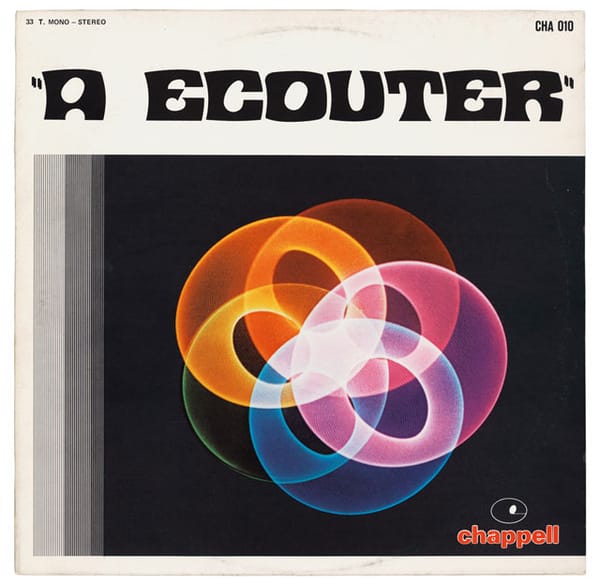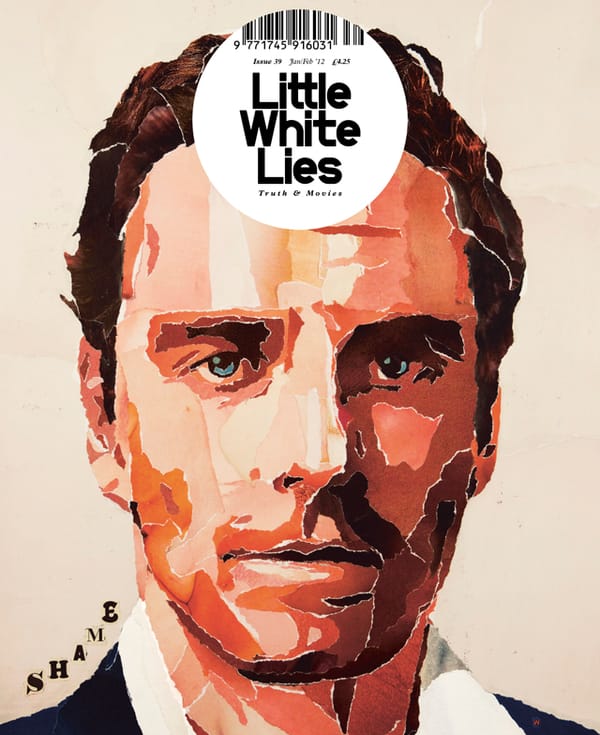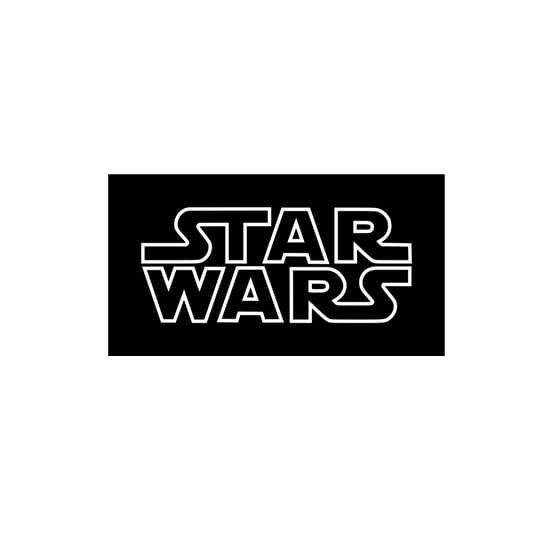In our second round of films from FACT Liverpool's Type Motion exhibition, we share a curated selection of clips from the show on the theme ‘type after the digital dawn’.
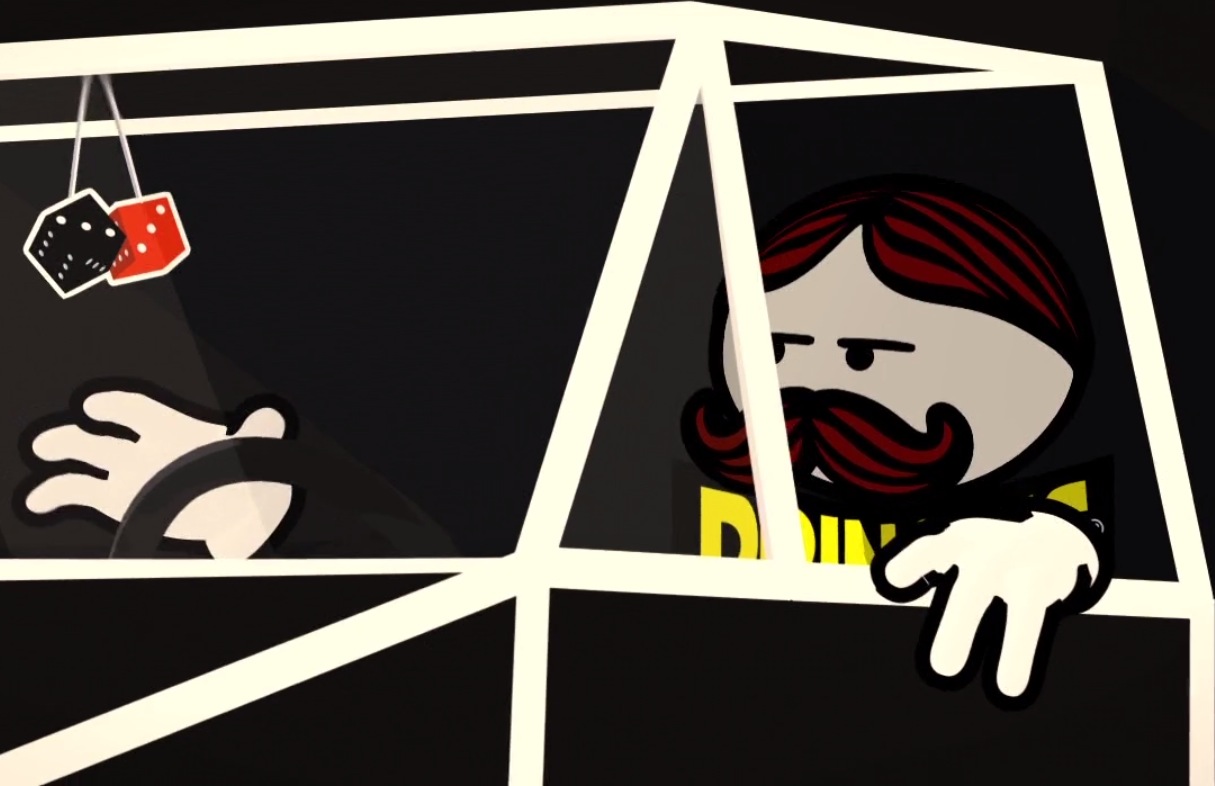
Beginning in the 1960s, image and writing could be generated and animated with the aid of a new medium: the computer. From that time on, writing no longer existed as material in pre-filmic physical reality, but exclusively within the new media of film/video and computer. One of the most obvious differences to film — reflected no less in the integration of writing since the emergence of (digital) video and computer art — is the genres’ (almost) entirely inexistent hierarchy of image, sound and writing. In digital media, image, sound and writing not only have equal rights from the outset, but are, above all else, of a similar kind, based on the same electronic/digital components. The writing is not ordered according to a mathematical structure, as in Hollis Frampton’s Zorns Lemma (US, 1970), but is itself a mathematical, digital structure — immaterial, binary code, algorithmic manipulation, factually indistinguishable from the image. Marc Adrian, John Whitney and Stan Vanderbeek were among the first artists to begin using the new possibilities presented by the computer for film production in the 1960s.

